1. McDonald’s Apple Pie
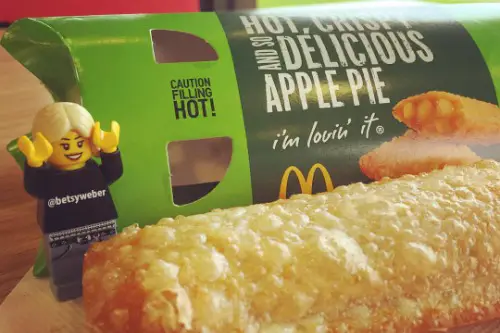
Back in the day, McDonald’s apple pies had a crispy, deep-fried shell that made them a cult favorite. The crunchy, bubbly exterior gave way to gooey, cinnamon-filled apples, and it was the perfect blend of texture and flavor. Introduced in 1968, the original deep-fried version was so popular that some people would go to McDonald’s just for the pie. But in 1992, McDonald’s made a huge change—they switched to a baked version. The company claimed it was a healthier choice, but fans were heartbroken. The new pies had a smoother, less flaky crust, and many felt they lacked the satisfying crunch of the original.
Over the years, McDonald’s has tweaked the recipe multiple times, but it’s never quite been the same. Today’s version has a more refined, lattice-style crust, and the filling is less sweet than it used to be. Some locations still offer a deep-fried version, especially abroad, but in the U.S., the classic fried apple pie is a relic of the past. If you’re craving that old-school taste, you’ll have to hunt down a franchise that still serves it—or try making your own at home.
2. Cracker Jack
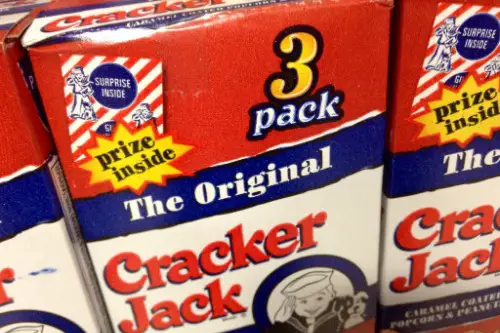
Cracker Jack was once the ultimate ballpark snack, famous for its caramel-coated popcorn and peanuts—and, of course, the free prize inside. For over a century, kids (and nostalgic adults) would excitedly dig through the box to find a small toy or trinket, making it feel like a treat within a treat. The packaging itself was iconic, featuring Sailor Jack and his dog, Bingo, a design that’s remained mostly unchanged since the early 1900s.
But in 2016, everything changed. Frito-Lay, the brand’s owner, decided to replace the beloved physical prizes with digital codes for mobile games. Fans weren’t happy, arguing that the tiny toys were part of the Cracker Jack experience. The recipe has also changed slightly over the years, with some people claiming it tastes less rich and caramelized than it used to. While it’s still around, Cracker Jack doesn’t quite have the same magic it once did—especially without that little surprise waiting at the bottom of the box.
3. Hershey’s Chocolate Bars

If you think Hershey’s chocolate doesn’t taste the same as it did when you were a kid, you’re not imagining things. Over the years, the formula has been altered, with one of the biggest changes happening in 2008. Hershey’s quietly replaced cocoa butter with cheaper vegetable oils in some of its products, a move that technically meant those items could no longer legally be called “milk chocolate.” The company labeled them as “chocolate candy” instead, but the difference was noticeable.
Another shift happened as Hershey’s expanded globally. To compete with European chocolate brands, they’ve adjusted their recipe in certain markets, making the taste slightly different depending on where you buy it. Some longtime fans also claim that Hershey’s bars today have a more waxy texture and a slightly sour aftertaste, likely due to changes in how the milk is processed. While it’s still one of the most recognizable chocolate brands in America, many agree that a Hershey’s bar today just isn’t quite the same as it was decades ago.
4. Tropicana Orange Juice
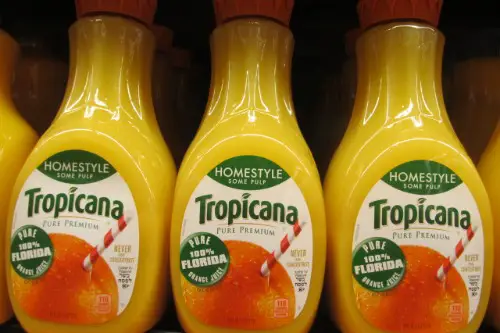
Tropicana was once the gold standard for orange juice, marketed as fresh, pure, and straight from the grove. Their signature carton, featuring a bright orange with a straw poking out, became an iconic part of breakfast tables across America. For years, Tropicana boasted that it was made from “100% pure squeezed oranges,” with no additives or preservatives.
But in recent years, the brand has undergone a major transformation—both in taste and marketing. In 2009, Tropicana tried to rebrand with a new, minimalist carton design, but customers hated it so much that the company quickly reverted to the classic look. More importantly, the juice itself has changed. Tropicana now uses a process called “flavor packing,” where orange juice is stripped of oxygen for storage and then re-flavored with orange essence before packaging. This has led many to claim that it doesn’t taste as fresh or natural as it once did. The ingredients list may still say “100% orange juice,” but the process behind it is very different from what people remember.
5. Campbell’s Chicken Noodle Soup
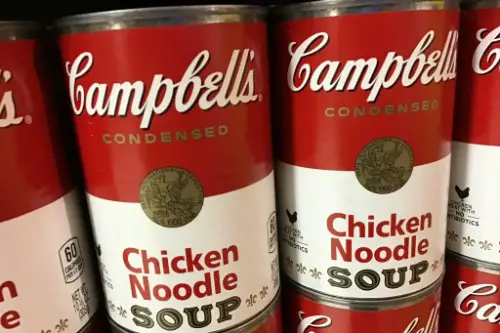
Campbell’s Chicken Noodle Soup used to be the ultimate comfort food—simple, salty, and packed with those tiny, soft egg noodles swimming in a golden broth. It had a homemade feel despite coming straight from a can, and for many people, it was a childhood staple. The red-and-white label, made famous by Andy Warhol’s pop art, remained largely unchanged for decades, reinforcing the sense of nostalgia that surrounded it.
But in recent years, Campbell’s has made several tweaks to the recipe, and not everyone is happy about it, according to The Guardian. In an attempt to appeal to health-conscious consumers, they’ve reduced the sodium content multiple times, altering the flavor significantly. Some fans complain that it tastes blander and less rich than they remember. Additionally, the texture of the noodles seems different—less soft and comforting, and more processed. While it’s still a pantry staple, the soup doesn’t quite have the same nostalgic taste it once did, and die-hard fans swear that something is just… off.
6. Coca-Cola
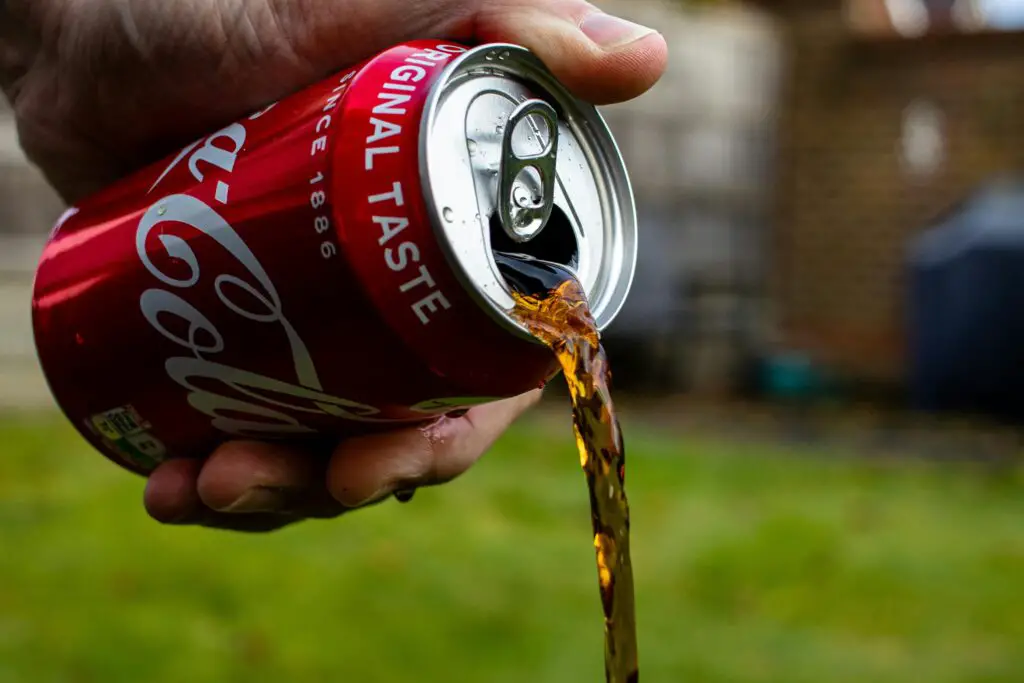
Coca-Cola has been through multiple changes over the years, but perhaps the most infamous was the disastrous launch of “New Coke” in 1985. In an attempt to compete with Pepsi, Coca-Cola reformulated its classic soda to be sweeter and smoother. The backlash was immediate and intense—consumers revolted, hoarded cans of the original formula, and demanded the old Coke back. Within three months, Coca-Cola caved and reintroduced “Coca-Cola Classic,” effectively admitting defeat.
But while the 1985 formula change is the most famous, Coke has continued to evolve. In the early 2000s, the company quietly switched from cane sugar to high-fructose corn syrup in the U.S., which many believe altered the taste and mouthfeel. There have also been various tweaks to reduce calories and adjust the balance of carbonation. If you want to taste something closer to the original, you’ll have to track down “Mexican Coke,” which is still made with real sugar. Otherwise, today’s Coke—while still iconic—isn’t exactly the same drink that people fell in love with decades ago.
7. Doritos
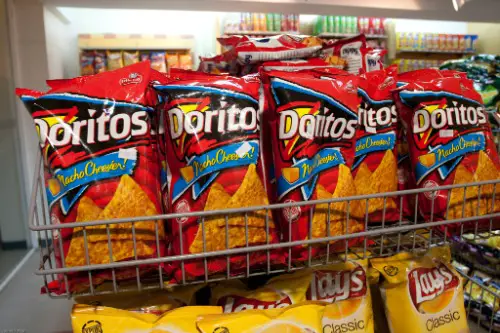
Doritos used to be simple: crunchy, cheesy, and packed with flavor that would leave your fingers covered in bright orange dust. Originally introduced in the 1960s as a plain tortilla chip, they became a cultural phenomenon when the Nacho Cheese and Cool Ranch flavors hit shelves in the 1970s and ’80s. For decades, they had a distinct, bold taste that snack lovers couldn’t get enough of.
But in the 2010s, Doritos quietly reformulated their recipe to reduce artificial flavors and MSG. Many longtime fans immediately noticed a difference, claiming the chips tasted less intense and had a slightly different texture. Some even speculated that the shape of the chips had changed, making them thinner and more brittle. Whether it was a push for a “healthier” snack or just cost-cutting, one thing is clear: Doritos don’t taste quite the same as they did 20 or 30 years ago.
8. Kraft Mac & Cheese
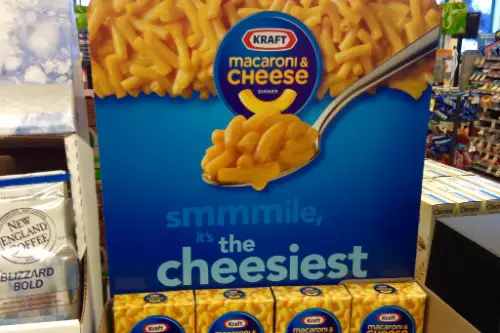
For generations, Kraft Mac & Cheese was the ultimate comfort food. The bright orange cheese sauce, the soft elbow macaroni, and the simple, satisfying taste made it a childhood favorite. The recipe remained largely unchanged for decades, and people could always count on that familiar cheesy goodness straight from the blue box.
But in 2015, Kraft made a major change—without telling anyone. They quietly removed artificial dyes and preservatives, replacing them with natural ingredients like paprika and turmeric. The move was meant to make the product healthier, but fans immediately noticed that the flavor and texture weren’t quite the same. When Kraft eventually admitted to the change, they insisted that most people didn’t even notice. But ask anyone who grew up eating the original, and they’ll likely tell you that the mac and cheese of today just doesn’t hit the same way.
9. Subway Bread
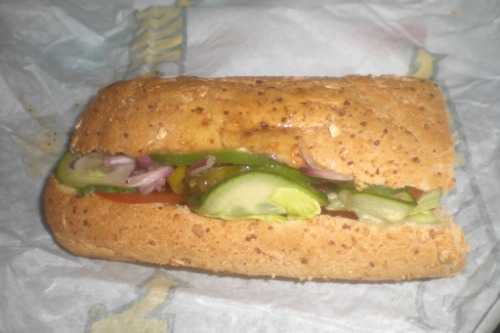
Subway’s bread has been a point of contention for years, but it used to be something you didn’t think twice about—just a soft, slightly chewy base for your sandwich. The scent of baking bread was part of the experience of walking into a Subway, and the taste was pretty consistent across locations. Whether you went for Italian, wheat, or honey oat, it always had that signature Subway flavor.
But in 2020, a court in Ireland ruled that Subway’s bread contained too much sugar to legally be classified as “bread.” That revelation shocked many customers and led to increased scrutiny over the ingredients. Around the same time, Subway also phased out a controversial ingredient called azodicarbonamide, which was used to improve dough texture but was also found in yoga mats. Since then, many customers swear that the bread has changed—it’s less flavorful, the texture is different, and it doesn’t quite smell the same.
10. Twinkies
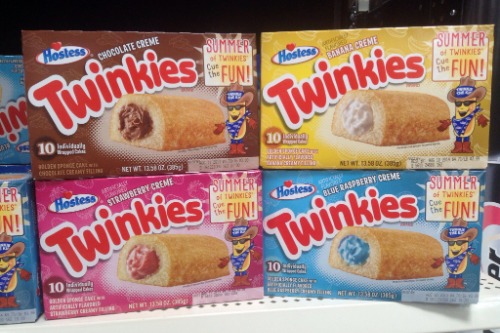
Twinkies were once an unstoppable snack food icon, known for their spongy golden cake and ultra-sweet creamy filling. People loved them for their long shelf life and almost mythical reputation for never going bad (which isn’t exactly true, but they do last longer than most baked goods). For decades, the formula remained the same, and they were a staple in lunchboxes and gas station snack aisles.
But in 2012, Hostess went bankrupt, and Twinkies disappeared from store shelves for several months. When they returned under new ownership in 2013, something was different. The new Twinkies had a longer shelf life thanks to changes in ingredients, but many people noticed that the cake was a little drier, the filling slightly less fluffy, and the overall flavor not quite as rich. It was still a Twinkie, but it wasn’t quite the same Twinkie that people had grown up with.
11. Levi’s Jeans
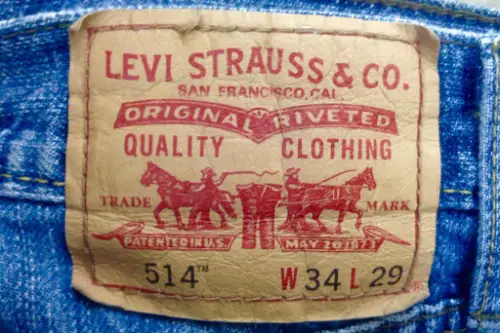
Levi’s jeans have been around since the 1800s, and for much of the 20th century, they were known for their durability. The heavyweight denim, tough stitching, and signature rivets made them a favorite among workers, cowboys, and eventually, fashion-conscious consumers. A pair of Levi’s could last for years, molding to your body over time and becoming softer with every wash.
But in recent decades, Levi’s has changed its manufacturing process, and the jeans aren’t as indestructible as they once were. Many styles now use a blend of cotton and synthetic fibers to add stretch, but that also makes them less sturdy. The denim itself is often thinner, leading to faster wear and tear, especially in high-friction areas like the thighs and knees. Vintage Levi’s from the ’80s and ’90s are now highly sought after because they’re made from heavier, higher-quality denim than the ones sold today.
12. Lucky Charms
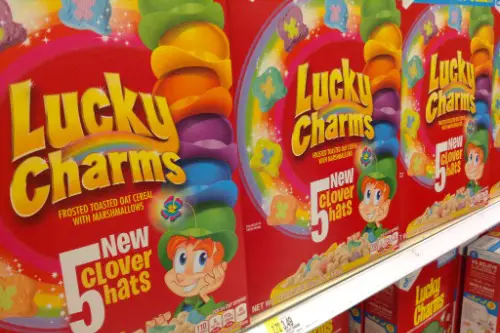
Lucky Charms has always been a sugar-lover’s dream: crunchy oat pieces mixed with colorful marshmallow “charms” shaped like stars, hearts, and clovers. The original version, introduced in 1964, had a relatively simple formula with just a few marshmallow shapes and a distinct, malty oat flavor.
Over the years, however, Lucky Charms has changed significantly. New marshmallow shapes have been added, some have been retired, and the cereal itself has become noticeably sweeter. More recently, the oat pieces have taken on a slightly different texture, likely due to ingredient changes aimed at making the cereal last longer in milk. While it’s still one of the most recognizable cereals on the shelf, the taste and texture aren’t exactly what they used to be.


